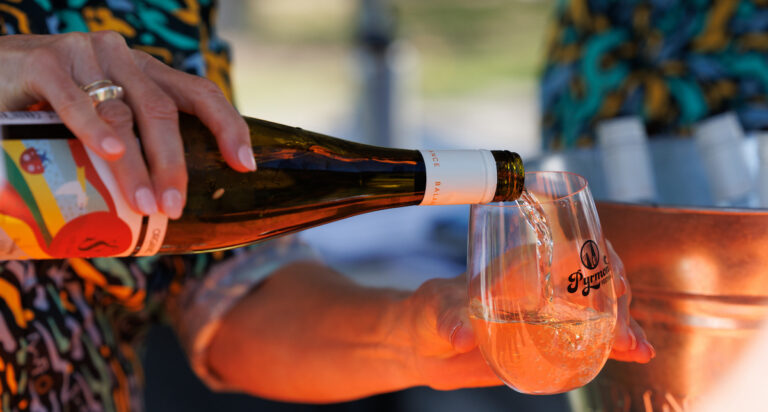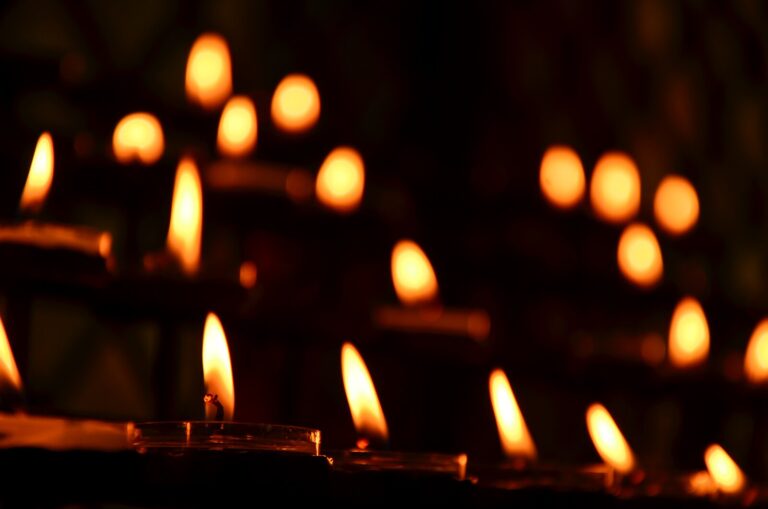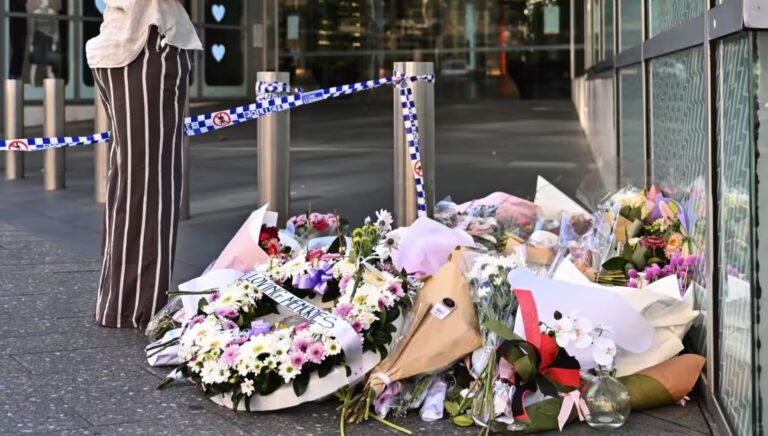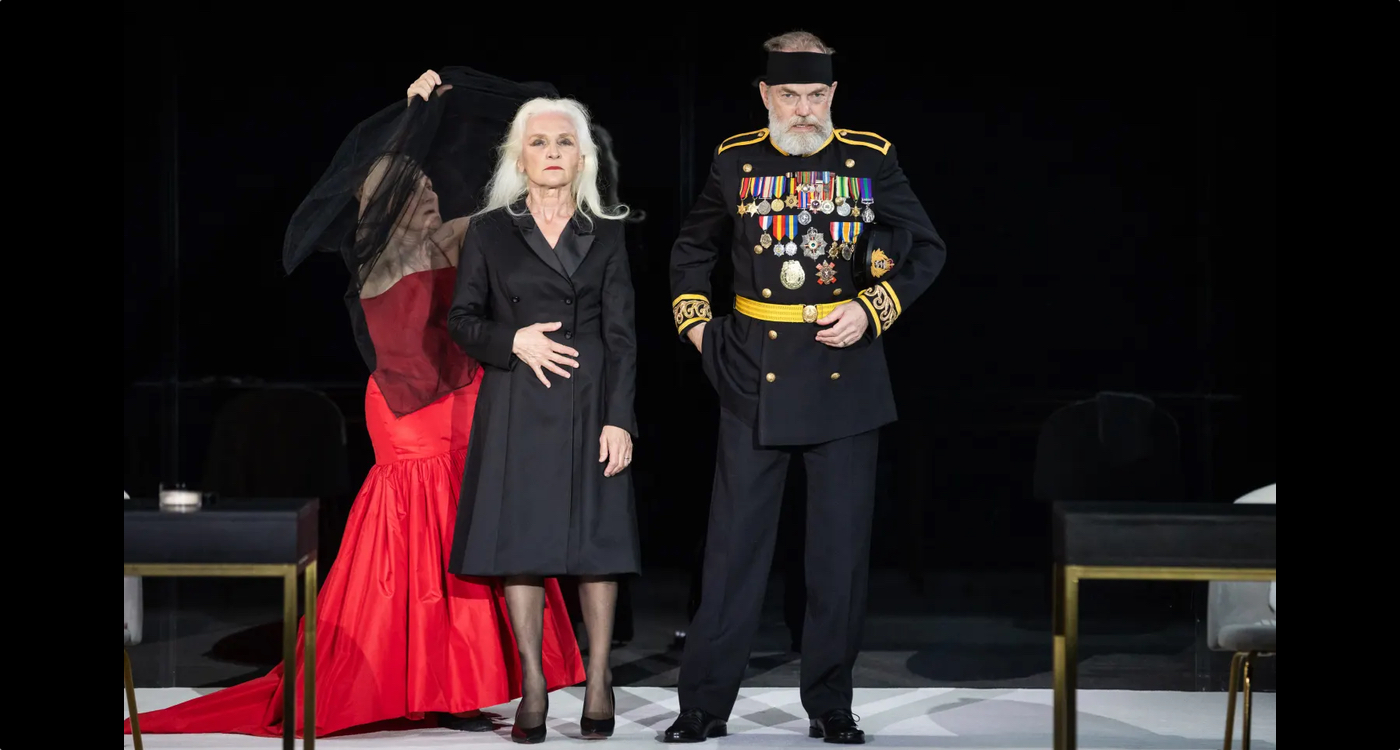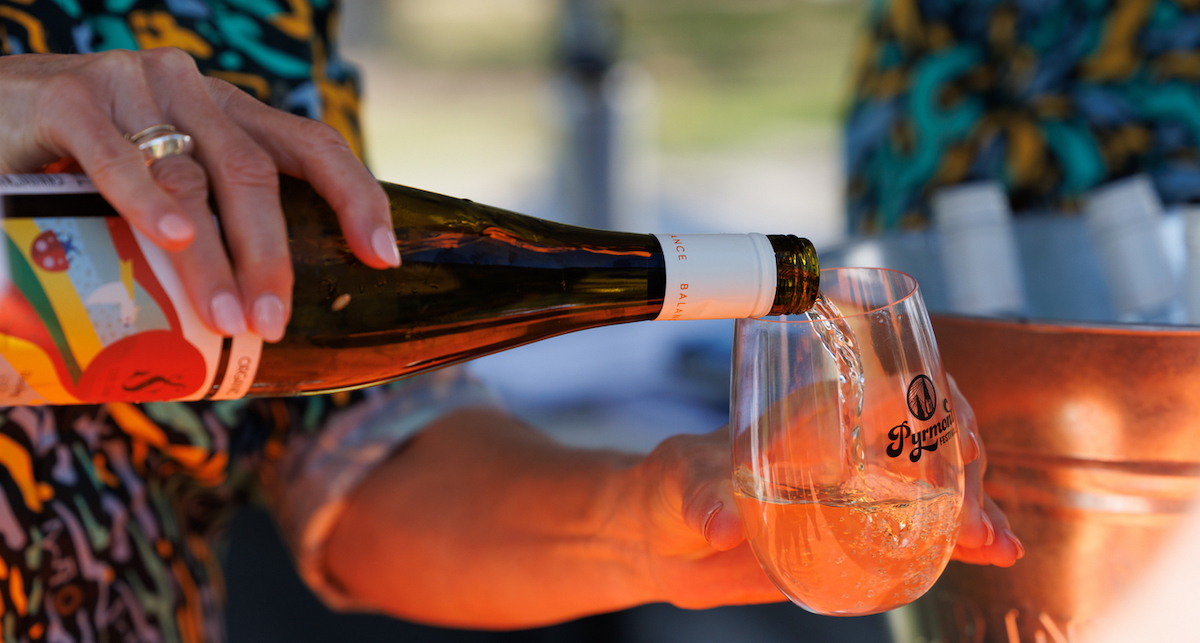
Sydney Biennale – NIRIN
The 22nd edition of the Sydney Biennale, which recently opened at six cultural venues across the city, challenges us to think about the world from a refreshingly alternative viewpoint. Curated by the internationally acclaimed, multi-disciplinary Indigenous artist Brook Andrew, it brings together 100 artists and collectives from 36 countries.
Andrew has named the exhibition NIRIN, the Wiradjuri word for ‘edge’. In Andrew’s opinion, “Communities, people and practices that have been pushed to the ‘edge’ are coming to the foreground.” It’s a development that has the potential to transform our society. As Andrew further explains, “It is time to listen to communities coming from supposedly ‘remote’ places, to listen to First Nations’ voices, to consider all issues together – from colonisation to climate change,” he says.
At the Art Gallery of NSW, Andrew literally takes command of the centre stage. For the first time, paintings, sculptures, videos and installations are strategically placed alongside the familiar masterpieces of mainly European heritage in the Gallery’s 19th century Grand Courts.
The effect of this eclectic hang is simultaneously jarring and electrifying. Malagasy artist Joël Andrianomearisoa, for example, has placed exquisitely designed sheer or opaque black curtains over a number of the paintings in the permanent collection. This clever architectural intervention moves the eye in unexpected directions and forces the viewer to question what’s been covered up and why? After all, some of the 19th-century works depict aspects of Australia’s colonial history that viewers from Aboriginal and other First Nations still find deeply disturbing.
Reclaiming recognition and dignity for unknown martyrs is the theme of Josep Grau-Garriga’s monumental Retaule dels penjats (Altarpiece of the Hanged People) 1972-76 and its companion tapestry Martir (Martyr) 1972. The seemingly hand-rendered tapestries of varying shapes and sizes hang like dresses off the rungs of a towering steel scaffold that dominates one of the Grand Courts’ largest galleries.
A major figure in the contemporary textile-art movement, this late Catalan artist created his revolutionary style in a textile factory he helped to revive in the 1950s in his hometown of Sant Cugat del Vallèsin. As a young man, Grau-Garriga personally witnessed the hardships of the Spanish Civil War and was later imprisoned himself for his arts activism. Consequently, he understood exactly how to imbue his hanged three-dimensional woven innocent “characters” with torment and suffering.
Creating works monumental in scale in order to elevate the status of marginalised communities is also a technique used by other artists in the Biennale. Brave Beauties Selection 2019, by South African artist Zanele Muholi, is a series of oversized black and white portraits of beautiful and confident non-binary individuals. The impact of these collective works, which are displayed against stark white walls at the MCA, is nothing less than a tour de force.
Muholi is a visual activist for Lesbian, Gay, Bisexual, Transgender, Queer and Intersex (LBGTQI) people in a country that still subjects them to regular attacks. These strong and positive images of empowered individuals effectively debunk conventional perceptions of these communities in South Africa and beyond.
Do Not Frack The NT is a protest banner that Aboriginal artist and activist Tony Albert made in collaboration with the Seed Indigenous Youth Climate Network. It speaks to another strong theme informing this exhibition: DHAAGUN – earth, sovereignty and working together. Andrew explains that in this context “sovereignty is taken beyond a legal definition of authority to consider cultural, emotional, spiritual and ancestral ties to place.”
What could be more powerful than superimposing onto an Aboriginal flag a bright yellow map of the Northern Territory, scarred by violent frack lines and filled with a big-cap letter plea to stop? Also monumental in scale, the banner boldly asserts Aboriginal sovereign rights and spiritual, cultural and ancestral ties to NT land. Yet the banishment of the flag’s original Sun – the Aboriginal symbol for life and protection – also highlights how so much more is at stake. By promoting economic growth above everything else, we are not only creating deep fractures within our society but impinging on everyone’s right to a clean and healthy environment.
We can’t say we didn’t know, is the title of journalist’s Sophie McNeill’s new book. It laments the lacklustre response of the international community to repeated Middle East war crimes despite such atrocities having been well documented by professional and citizen journalists alike. “What have we created in a world where we know so much but do nothing,” McNeill recently told an audience at Adelaide Writers’ Week.
This year’s Biennale reminds us that only by listening to and fully embracing brave and resilient voices from the ‘edge’ can we truly harness the wealth of our collective accumulated knowledge and unleash its transformative power. Finally, Andrew’s Powerful Objects series includes a lowly black t-shirt that has its front emblazoned in child-like white handwriting with the phrase “The only Primitivism is Eurocentrism”. Yes, indeed!
Until Jun 8. Various Venues. More Info: www.biennaleofsydney.art
By Merrill Witt
